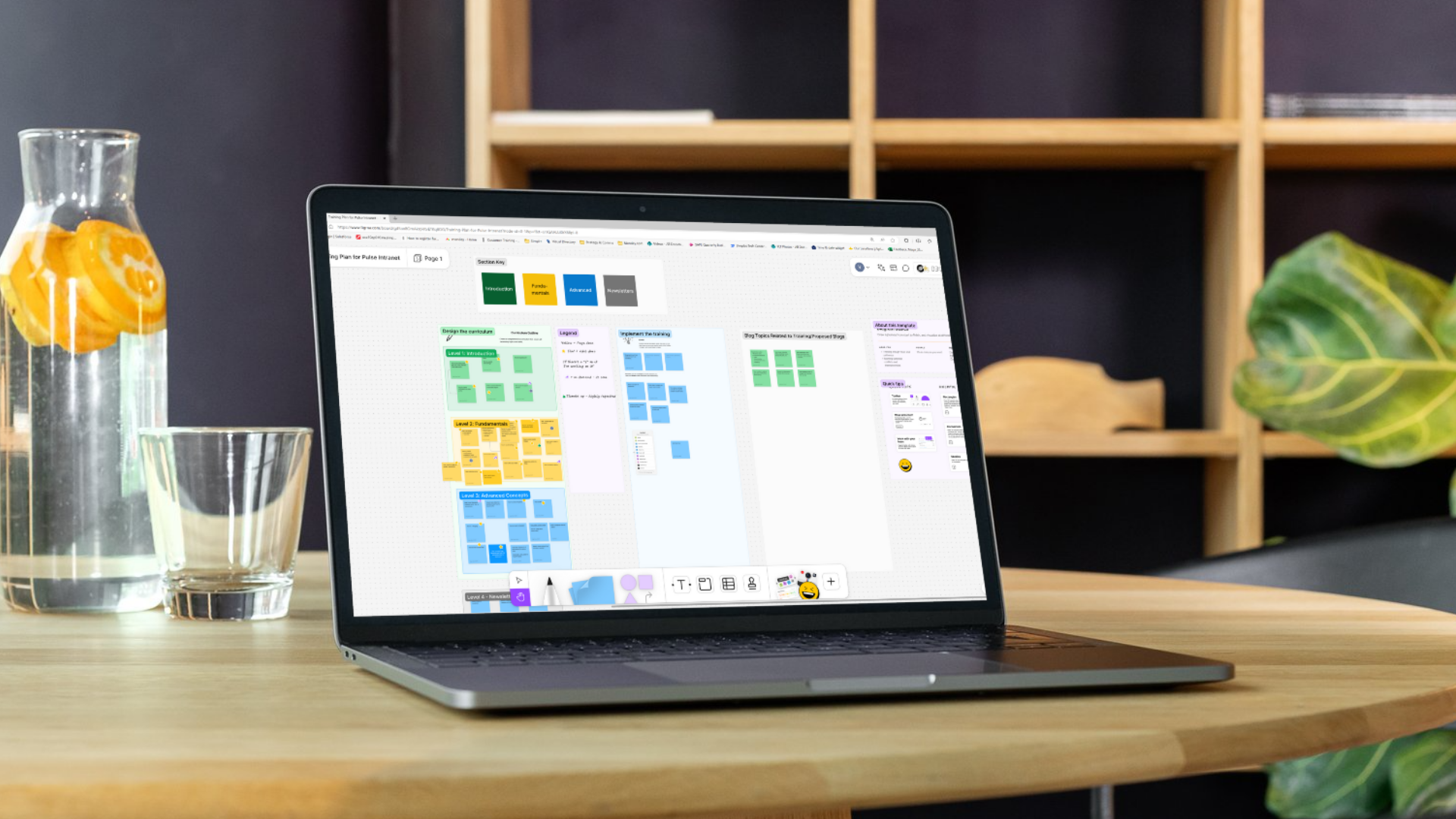
Simpplr Training Site/LMS
One of the 59 sites built on JR Simplot’s intranet is for asynchronous self-training.
Project: Build written and video training materials/LMS on the Pulse intranet
Timeline: 6 months
Number of video tutorials: 19
Materials used: Figma, Camtasia, Adobe Stock, Schure microphone, MS Word, Simpplr
Skills: Writing, video editing, narration, voice editing, music editing, animation, recording
After leading the migration from SiteCore to a new intranet platform for the J.R. Simplot Company, I took on the challenge of running the system for over 15,000 employees.
One of the central sites I built focused on training and content empowerment—giving users the skills and confidence to create, manage, and evolve their own pages.
To support this, I designed a blended learning experience: a set of asynchronous video tutorials paired with live Teams sessions that met users where they were. The onboarding framework I developed wove together key principles in adoption strategy, instructional design, and accessibility—making sure digital training wasn’t just efficient, but intuitive and inclusive.
This isn’t a standard LMS. It was engineered within an intranet CMS that wasn’t designed to support structured learning. I diagnosed brittle vendor logic, protected stakeholder experience, and authored clarity-first tutorials that enabled performance without backend dependencies. The build reflects modular UX principles, semantic scaffolding, and strategic improvisation under constraint.
Squarespace Demo Styled After Simplot Training
This tutorial reflects the format and production style I developed during my time leading enterprise training at Simplot.
Built in Camtasia with support from Photoshop and Canva, it echoes the same clarity-focused scripting, visual pacing, and user empathy I applied to onboarding and intranet walkthroughs for Simpplr.
Challenge: To engineer a learning system within an intranet platform never meant to support one.
A Learning Management System designed for an intranet audience
Intranet Site Dedicated to asynchronous e-Learning
As the sole developer of our LMS training hub—built on Simpplr for JR Simplot’s intranet—I was tasked with creating a system that made sense within the platform’s linear framework. It wasn’t built for learning, but I made it work for learning.
After crafting nearly 20 video tutorials and converting legacy training manuals into intranet-native pages, I designed a micro-site devoted to asynchronous learning. Each section was shaped by user feedback, and plotted in Figma to optimize clarity and flow.
Instead of relying on a drill-down structure, I built out dashboard tiles—each one intuitively grouped to reflect sequential learning paths. Users could navigate by topic clusters, and every page connected forward and sideways: tutorials were linked manually and supported by the platform’s built-in neural search, creating a flexible, self-guided learning ecosystem.
Action Mapping
E-learning training was laid out in post-its using various icons to denote importance and validity. If the tutorial was already created, there is a link to it. The icons denote the popularity of the item and whether or not a video tutorial is in the works or has been completed.
The different levels were broken out into groups.
Sequential Learning System
I designed step-by-step learning experiences that guide users seamlessly from one tutorial to the next. Each path follows a clear, intuitive progression—built through linked lessons that reinforce comprehension and sustain engagement. By mapping these flows using the ADDIE instructional design framework, I created a system that lets learners build confidently on foundational knowledge while navigating a logical, interactive journey tailored to real user feedback.
-
We launched a 10-question survey, company-wide, assessing not only how people felt about the new intranet but what they’d like to see. 75% wanted more training to be available.
-
I mapped out the course structure, ensuring sequential learning principles guide content flow.
My tools of choice were Camtasia for editing, Adobe Stock for visuals, and elements designed by our video specialist. I then wrote video scripts that balanced engagement and clarity.
-
I created the video assets, ensuring high-quality visuals and audio for engagement. I recorded the audio in my home studio since it was not provided by the company. I incorporated animations and interactive elements for reinforcement. I then used our CMS as an LMS as our online platform to structure content delivery. I tested the program internally to refine pacing and clarity.
-
I deployed the training through the business’s intranet CMS platform, provided ongoing guidance on accessing materials and tracking its progress, via Teams, meetings with stakeholders, and one-on-one "check-ins."
-
I then collected feedback through informal surveys and post-training assessments to measure comprehension and retention, and refined and iterated based on findings to improve future training programs.

